Ask those who have completed do-it-yourself projects and they’ll tell you just how the projects required a minimum of two times and far some time and three occasions the cash they thought they would. The fundamental reason is the fact that DIYers usually make lots of mistakes that finish up making home improvement projects more costly and time-consuming.
Listed here are 10 guaranteed methods to steer clear of the top DIY home improvement mistakes later on and be sure success.
1. Remove the needed permits – it’s amazing the number of DIYers skip this task. Sure, it requires time, also it means that you suffer from the federal government, but it’s really to your advantage to make certain obtain the needed home improvement permits. Individuals within the permitting office will make certain the work is performed properly and you stay safe along the way.
Also, for many projects, you’ll need proof that you’ve a permit or perhaps your insurance provider won’t cover the advance. You’ll most likely require a permit for just about any project bigger than wallpapering and painting. If you are unsure, call the local building department and get.
2. Have the various tools and materials you’ll need available before you begin any project – beginning employment with no necessary tools and supplies will slow lower the task and delay how well you’re progressing. And make certain you purchase quality tools. They’re a sensible investment.
3. Prepare the task site for material deliveries – whenever your suppliers deliver materials, you’ll wish to make certain the task site is able to accept them. You do not would like your materials uncovered towards the weather when you are working and you need to possess a storage space to avoid thievery.
4. Don’t skimp on materials – for instance, don’t use 1/4-inch drywall for building walls. Use at a minimum of 5/8-inch and threeOr4-inch can be useful for a great seem barrier. Use 3/4-inch plywood for sub-floors. It makes a significantly more powerful floor.
5. Prepare the walls for painting – clean the walls, sand them and patch any holes before you decide to paint. Make use of a coat of primer or stain blocker if you are attempting to cover over oil-based paint, stains or peeling paint, or maybe you are painting a lighter color more than a more dark color.
6. Make use of the correct paint – use flat paint ceilings. Interior paints must have a minimum of an eggshell or satin finish so that you can scrub it. For outside decks, make use of a linseed-oil-based stain they are driving the pigment in to the wood and preserve it.
7. Keep safe while working – you shouldn’t finish in the er. Put on safety goggles when utilizing tools or dealing with drywall or wood. Put on a tough hat when you are working under others on scaffold, and open some home windows when you are painting or staining, or stripping old finishes from floors or walls. Don’t put on loose, hanging clothing, particularly when using tools. Put on mitts when transporting wood, metal and rock, or when hammering, and put on a nail or tool pouch to avoid harm to your floors, ft, and pets.
8. Measure two times and cut once – most likely the most crucial rule associated with a project. If you are will make an error, allow it to be too lengthy. You could make something shorter. You cannot allow it to be longer.
9. Be aware of limits of the abilities – you’re not really proficient at everything. Should you not have lots of experience at plumbing or electrical work, for example, don’t attempt individuals projects.
10. Don’t start learning how you can perform a project by yourself house – If you wish to learn to perform a project, offer your help a buddy who’s a skilled DIYer or perhaps a contractor. And for those who have any question by what you’re doing, make certain you stop and get.
You most likely won’t eliminate all your DIY home improvement mistakes, however, you can surely reduce all of them with these 10 tips.

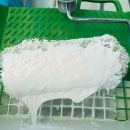

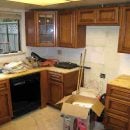

 Bathroom Cabinets
Bathroom Cabinets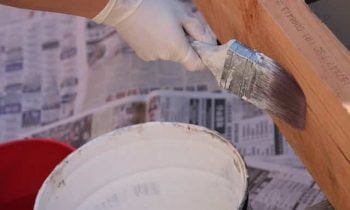 Avoid 10 DIY Home Improvement Mistakes
Avoid 10 DIY Home Improvement Mistakes Home Improvement for Single Mom
Home Improvement for Single Mom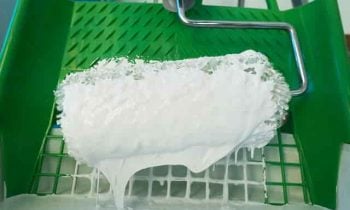 Home Improvement Loan Need
Home Improvement Loan Need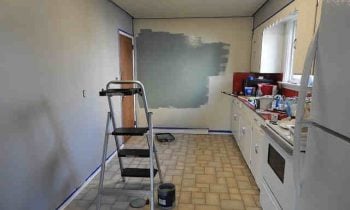 What is Home Improvement Loan?
What is Home Improvement Loan?